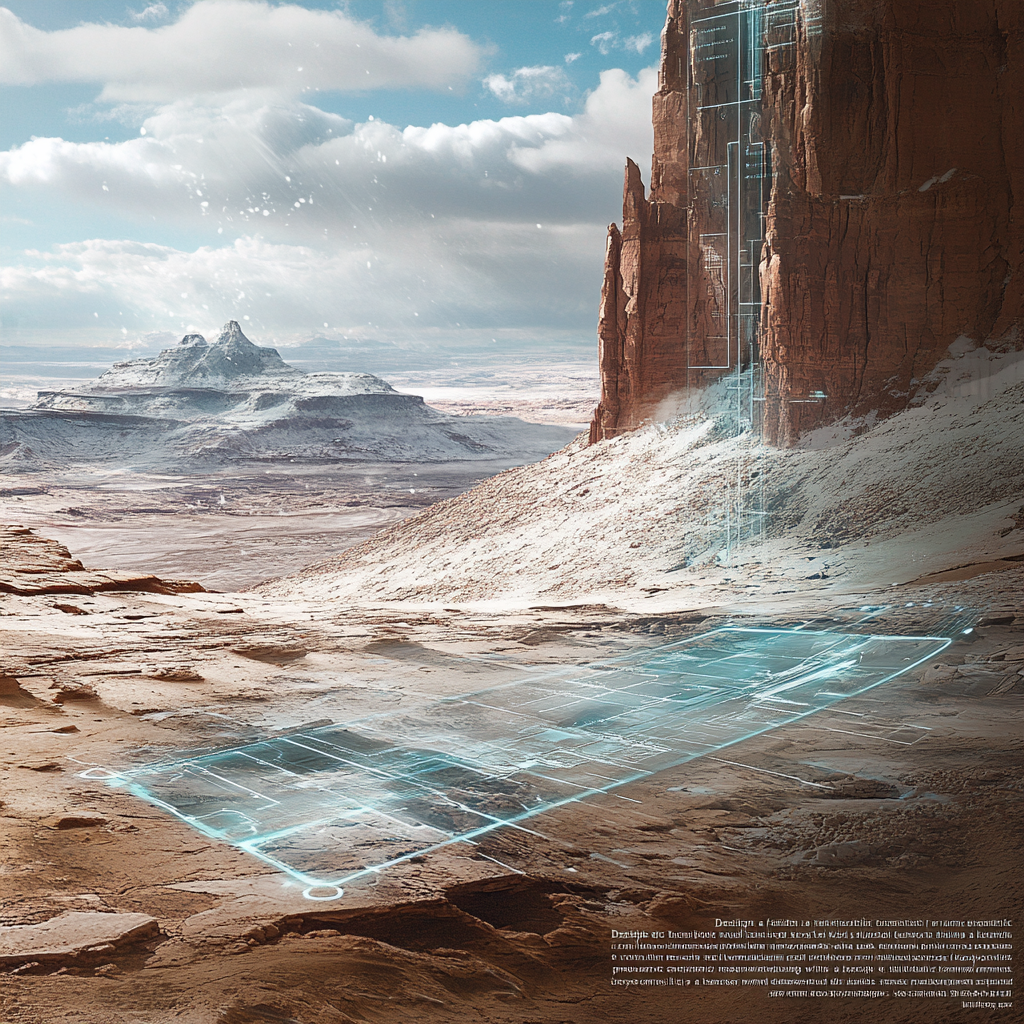
Pioneering Non-Electric Touchpad Advances Sensor Tech for Harsh Environments
A Game-Changer in Touch Technology: The Non-Electric Touchpad That Will Leave You in Awe
Hold onto your hats, folks, because we’re about to explore a frontier in technology that sounds like something straight out of a sci-fi movie. Researchers from Tampere University, smart as whips and bold as lions, have concocted the world’s first non-electric touchpad. Imagine a device that senses touch not with a twitch from an electrical circuit, but with a purely pneumatic hocus-pocus. That's right – no electricity needed! This device can feel the force, area, and location of contact while keeping its cool even in the wildest of environments. Essentially, we’re looking at a sensor technology revolution that’s primed to make traditional electronic sensors seem like yesterday’s news.
The Ingenious Mechanics of This Touchpad
So, how does this marvel work? Well, it’s as simple as the air we breathe. This non-electric touchpad is crafted entirely from soft silicone, featuring a maze of pneumatic channels—32 of them to be precise—each the width of a human hair. Think of it as a soft, squishy surface that, when touched, adjusts the pressure within those channels to deliver precise data. Wave goodbye to clunky electronics that would flake out at the first sign of extreme conditions; this touchpad is as reliable as your neighbor who returns your lawnmower when they’ve borrowed it.
This wonder works beautifully in situations where traditional electronics fear to tread—like inside MRI machines or areas with intense magnetic fields. These environments often leave electronic devices shuddering in their boots, but not our brave touchpad buddy. It thrives where others fail, showcasing the first taste of what could be a new era in sensor technology.
The Wild Applications That Might Just Blow Your Mind
As cool as the mechanics behind it are, let’s dive into what this technology can really do—because the applications could astound even the skeptics among us.
One of the most thrilling prospects is its use within MRI machines. Picture this: you’ve just gotten word from your doctor that a pesky tumor has taken residence. What if a pneumatic robot, fitted with our not-so-electric touchpad, could do a biopsy while you’re still belly-up in the scanner? Guided by real-time images from the MRI, it would operate flawlessly—talk about multitasking!
Then there's the world of nuclear facilities—where a spark can go from zero to cataclysmic in an instant. This touchpad could allow for safe operation in areas filled with high radiation, a true feat of engineering. Think of it as the superhero of touch technology, swooping into hazardous environments when electrical devices would fold under the pressure.
As for strong magnetic fields—it’s like this touchpad is the cool kid in the playground that can play any game without worrying about the rules. No distortions, no wonky readings, just pure versatility shining through a fog of complexity!
An Unshakable Future in Soft Robotics and Rehab
But wait, there’s more! The non-electric touchpad isn’t merely for medical marvels; it's also strutting its stuff in soft robotics and rehabilitation aids. Soft robots, made of rubbery materials and powered by air (imagine a group of well-meaning but soft-bodied helpers), can benefit immensely from this touch technology. It allows them to measure touch across their surfaces, enabling safer interaction with their environments. Suddenly, prosthetic hands can deliver delicate grips on fragile objects, utterly transforming the manufacturing and production industries.
And we can’t forget about the rehabilitation space—the potential for wearable devices made from soft materials is overwhelming. Shunning the hard, abrasive contraptions of yesteryears, this sensitive touchpad would elevate comfort levels to new heights. Rehabilitation doesn’t have to be a burden; it can be a breezy experience if we craft it with this technology in mind.
Facing the Challenges and Charting the Course Ahead
Of course, every great invention faces its set of challenges. Despite the brilliance of this technology, it isn’t without room for improvement.
First on the agenda: stability and resolution. The masterminds behind this device are contemplating using a pneumatic Wheatstone bridge—a fancy term that basically translates to a sturdier, more reliable sensor in the face of fluctuating temperatures and pressure changes. They also want to get even fancier with their channels, shrinking them down for a crisper touch resolution.
Then consider multitouch capabilities! Yes, it’s incredible that this touchpad can recognize handwritten letters and allows for multiple touches, but it can get even better. The team imagines a future where the touchpad can decipher the exact number of different touches—just how many fingertips are pressing? Imagine the data they could harness!
A Future That's Blowing the Lid Off Innovation
In a nutshell, the world’s first non-electric touchpad is a trailblazer in sensor technology; it brings a wave of possibilities that range from healthcare to robotics. We are standing on the brink of something that could genuinely reshape various industries. Look out world; this non-electric marvel is here to innovate, inspire, and excite, bringing real-world solutions to challenges we thought impossible.
Want to stay up to date with the latest news on neural networks and automation? Subscribe to our Telegram channel: @channel_neirotoken
Keeping your finger on the pulse of revolutionary technologies can propel you into a future filled with new possibilities and innovations that could change the very fabric of our lives. And who wouldn’t want that?

